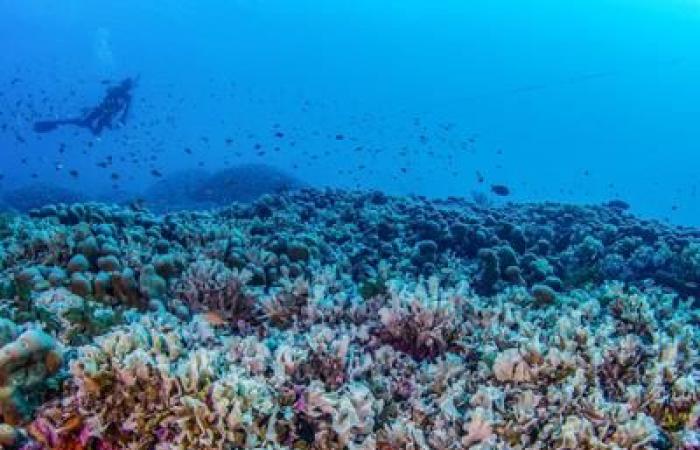The more carbon dioxide we generate and the more it is absorbed by the oceans, the more it changes the pH balance of the water, which can put coral under stress. “Our climate crisis is warming and acidifying the oceans, and this is eating away at corals everywhere, including this mega-coral,” laments Enric Sala.
Corals use calcium carbonate present in the water to form their skeleton. So, the more the water becomes acidic, the more difficult it is for these organisms to become robust and have good health.
“Just like in humans: if you don't have enough calcium and carbonates, you end up having osteoporosis, so your bones start to break down and they can become brittle,” explains Helen Findlay. The same goes for corals if they don't have the right conditions. »
“You have this pillar of life that is still there,” explains Molly Timmers. It gives you this wonder, this hope. Just looking at its size – mega-coral – and the fact that it was surviving in an area that wasn't particularly healthy. »
The latter believes that the location of the coral, in deeper, colder waters, protected by a slope and a bank, could be the key to its good health. It “is really in a sweet spot,” she observes.






